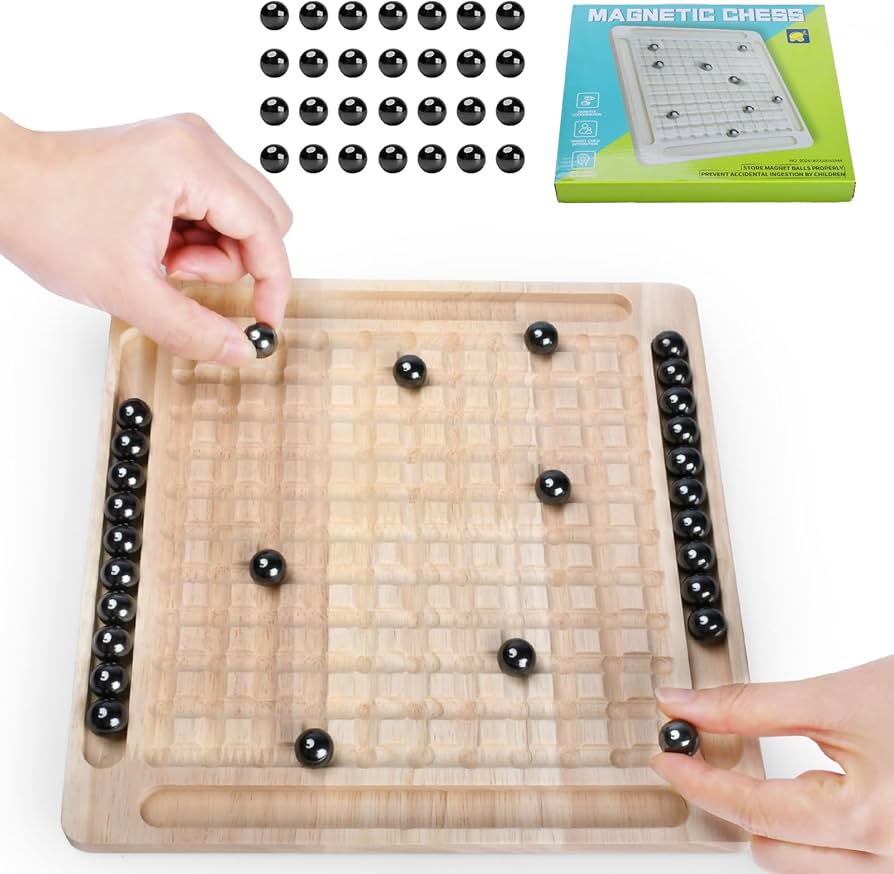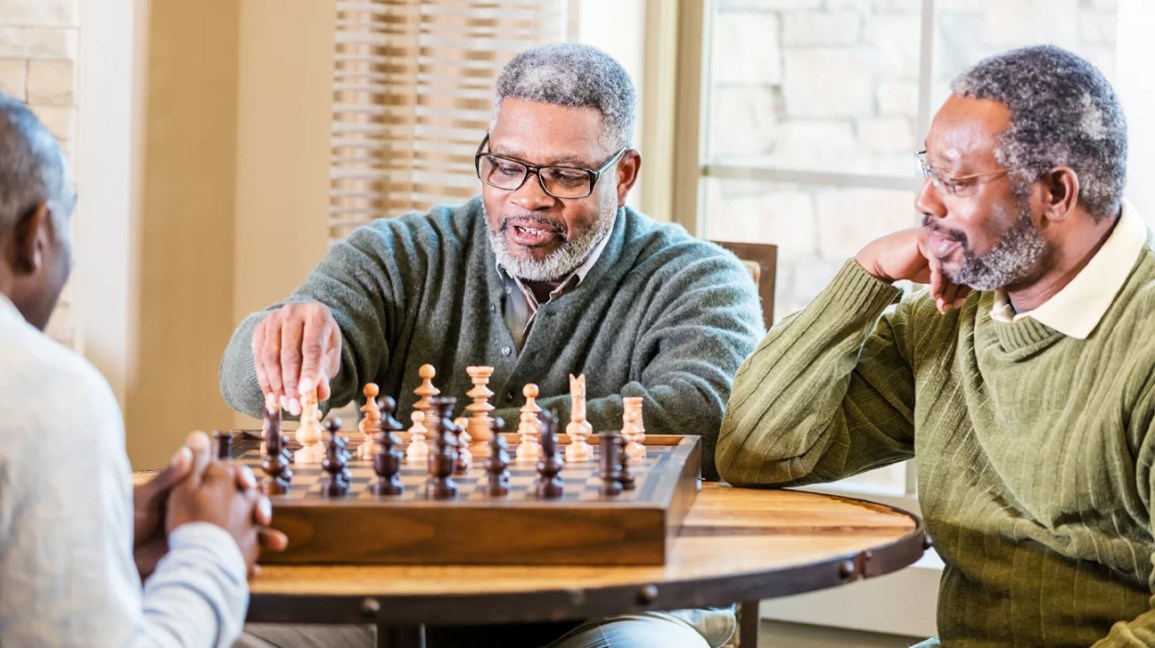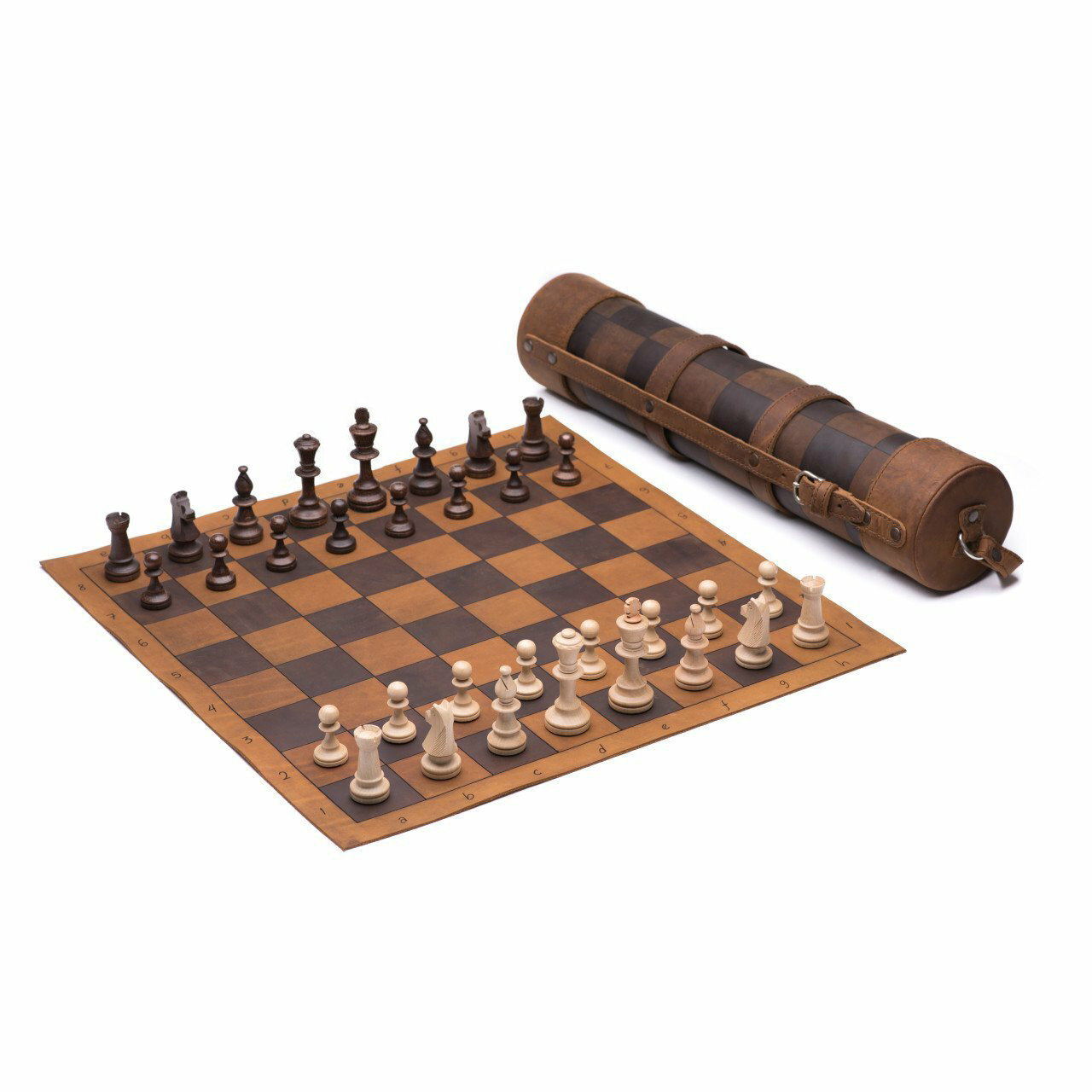Chess is a game of strategy. The endgame is crucial. Winning or losing can depend on it. Knowing endgame patterns helps. Let’s explore some common chess endgame patterns.
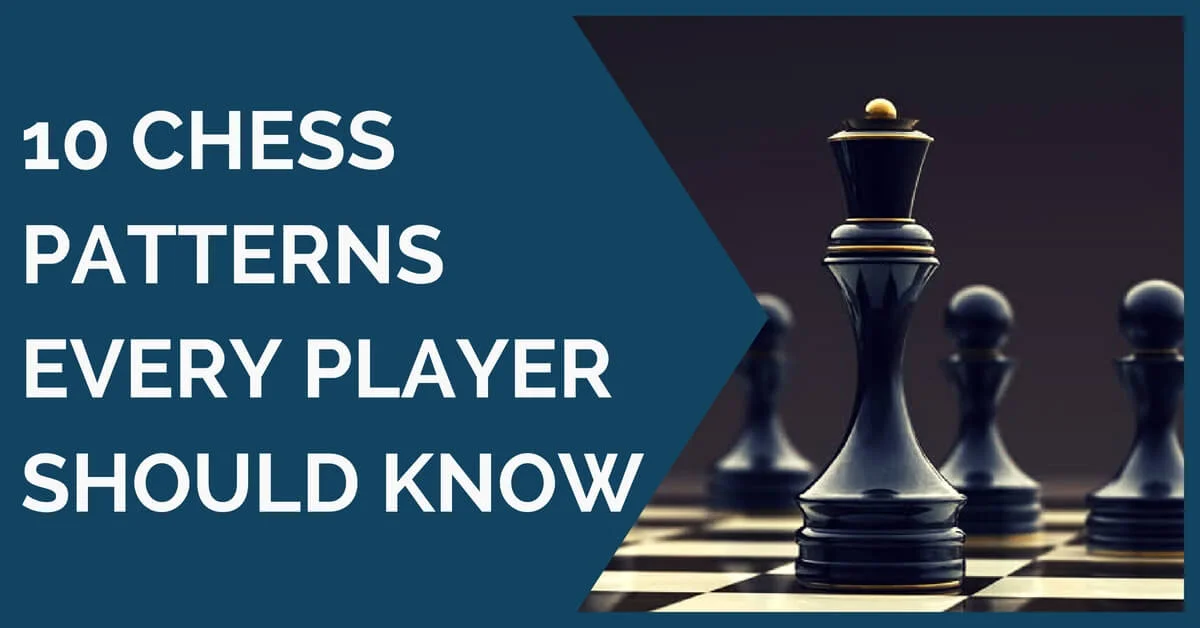
Credit: thechessworld.com
1. The Opposition
The opposition is a key endgame pattern. It involves kings. The kings face each other. There is one square between them.
Here is how it works:
- One king moves forward.
- The other king cannot move forward.
- This is called taking the opposition.
This pattern is useful. It helps in pawn promotion.
2. The Lucena Position
The Lucena Position is essential. It involves a rook and a pawn. The pawn is on the seventh rank.
Steps to win:
- Move your king to the eighth rank.
- Use your rook to block checks.
- Promote your pawn to a queen.
This is a winning pattern. It is important to know.
3. The Philidor Position
The Philidor Position is a defensive pattern. It involves a rook and a pawn. The pawn is on the sixth rank.
Steps to defend:
- Move your rook to the third rank.
- Keep your king near the pawn.
- Wait for the opponent’s move.
This pattern helps to draw the game. It is useful in tight situations.
4. The King and Pawn Endgame
The King and Pawn Endgame is basic. It involves only kings and pawns. Here are some tips:
- Move your king to support your pawn.
- Push your pawn to promote it.
- Block the opponent’s king with your king.
Understanding this pattern is vital. It appears often in games.
5. The Rook and Pawn Endgame
The Rook and Pawn Endgame is common. It involves rooks and pawns. Here are some strategies:
- Move your rook behind your pawn.
- Use your rook to cut off the opponent’s king.
- Promote your pawn with the help of your rook.
Mastering this pattern can win you many games.
6. The Queen and Pawn Endgame
The Queen and Pawn Endgame is powerful. It involves queens and pawns. Here are some tips:
- Move your queen to support your pawn.
- Use your queen to check the opponent’s king.
- Promote your pawn to win the game.
This pattern can be tricky. Practice is key.
7. The Knight and Pawn Endgame
The Knight and Pawn Endgame is rare. It involves knights and pawns. Here are some strategies:
- Use your knight to support your pawn.
- Move your king to help your knight.
- Promote your pawn with the help of your knight.
This pattern requires careful planning. It can be very effective.
8. The Bishop and Pawn Endgame
The Bishop and Pawn Endgame is unique. It involves bishops and pawns. Here are some tips:
- Move your bishop to support your pawn.
- Use your bishop to control key squares.
- Promote your pawn with the help of your bishop.
Understanding this pattern can give you an advantage.
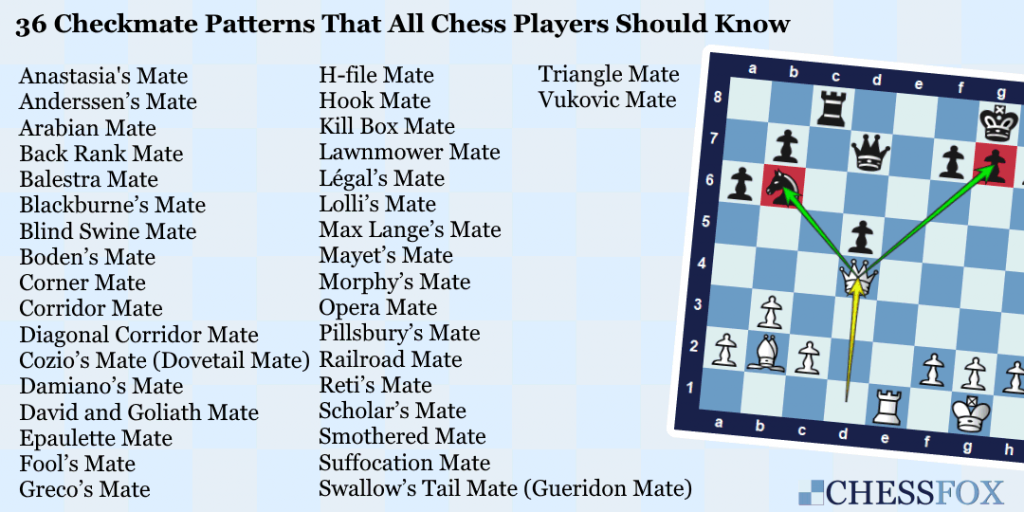
Credit: chessfox.com
9. The Two Bishops Endgame
The Two Bishops Endgame is strong. It involves two bishops. Here are some strategies:
- Use your bishops to control many squares.
- Move your king to support your bishops.
- Checkmate the opponent’s king with your bishops.
This pattern is powerful. It is good to know.
10. The Knight and Bishop Endgame
The Knight and Bishop Endgame is difficult. It involves a knight and a bishop. Here are some tips:
- Use your knight and bishop together.
- Move your king to help your pieces.
- Checkmate the opponent’s king with your knight and bishop.
This pattern needs practice. It is tricky but rewarding.
11. The Queen vs. Rook Endgame
The Queen vs. Rook Endgame is challenging. It involves a queen and a rook. Here are some strategies:
- Use your queen to control the board.
- Move your king to help your queen.
- Checkmate the opponent’s king with your queen.
This pattern requires precision. It can be very effective.
Conclusion
Knowing these endgame patterns is important. They can help you win games. Practice them regularly. You will become a better chess player. Happy playing!

